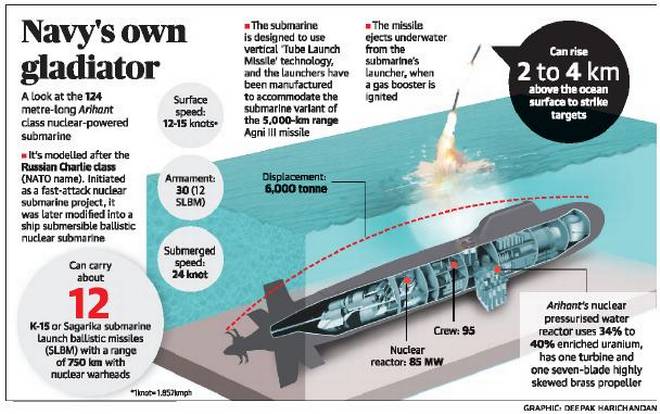7667766266
enquiry@shankarias.in
INS Arihant

Nuclear Command Authority (NCA)
Mankidia Tribe
Pratyush
Web portal to accept online abuse cases
Source: PIB, The Hindu